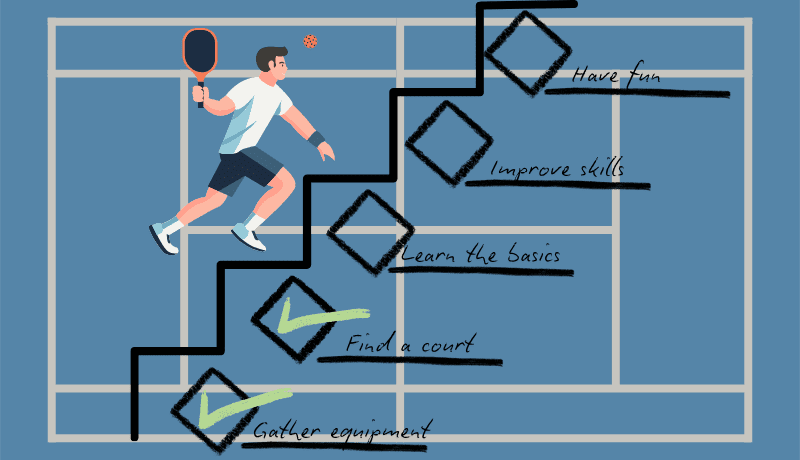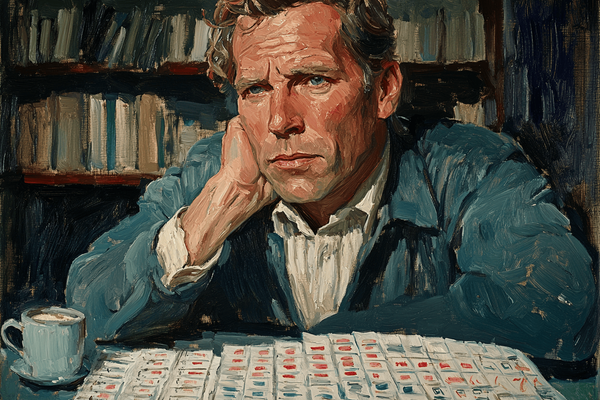Kids Checklist: How to Make and What Types Exist
Checklists help children become more independent. Learn why this happens and how to create a great checklist for your child.
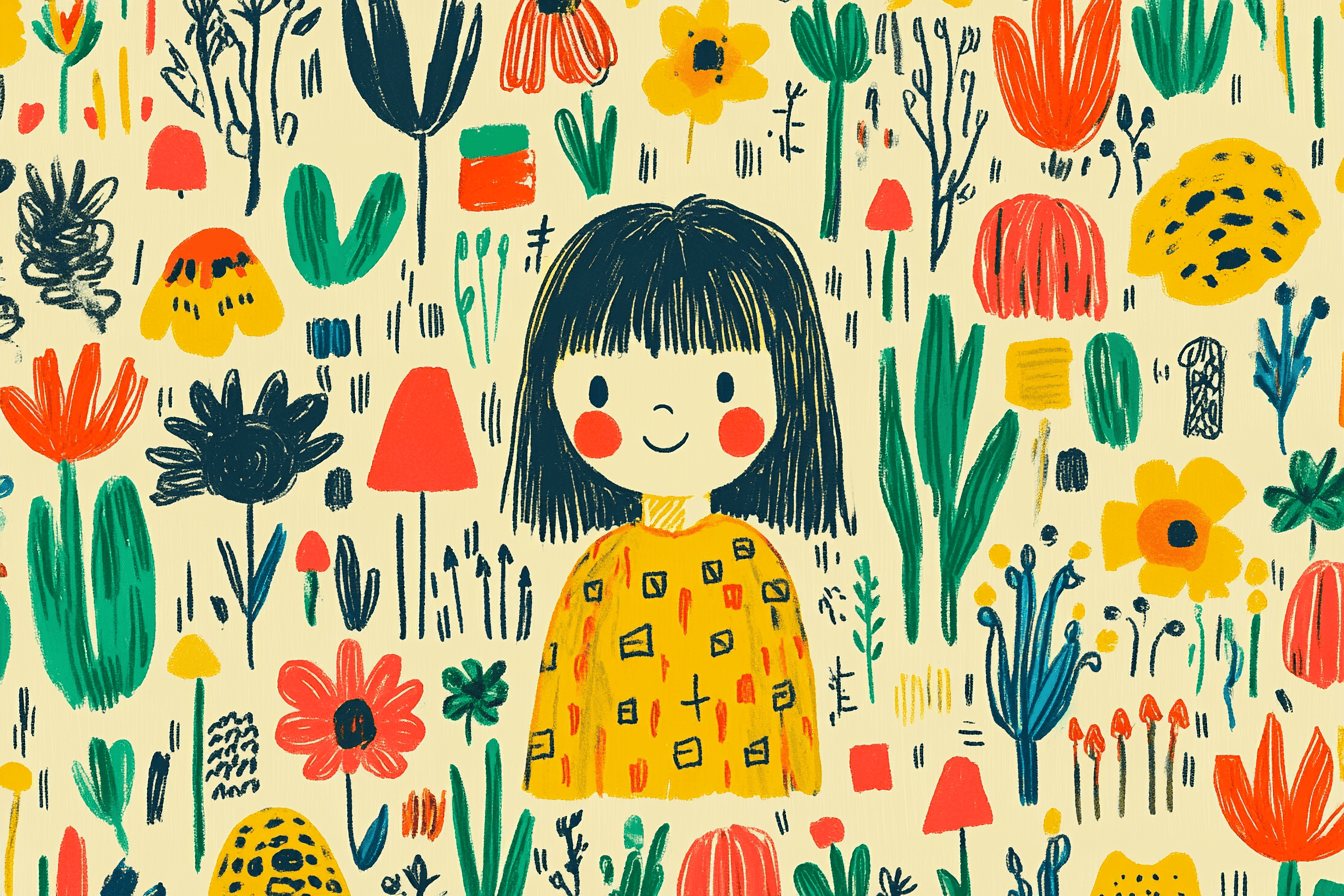
Checklists Have Reached the Kids
The blog “So List” has some articles about kids. There's even a special tag for “Parenting”. However, the topics discussed mostly concern mom and dad. So this is the first time that “So List” has chosen to come up with a convenient checklist dedicated particularly to children.
Usually, parents are asked to keep kids away from screens, but this time, it's a great idea for your preschooler or schoolchild to be with you in front of the browser. Because the discussed checklist is the one they will own.
Why Give Checklists to Kids in the First Place?
It might seem that checklists are tools for constrained adults, not fun-loving children. Giving a checklist to a child was never the first step on my mind to do as a father.
I can't claim to be an expert in child-rearing, but I can definitely say that I'm a practicing parent. A child typically has much more leisure time than a parent, more energy, and therefore more opportunities to be stubborn.
Since I don't always have the strength to engage in confrontation, I'm grateful for any useful advice that can save my nerves, especially when it can be related to lists. So, let's turn to an expert, Yulia Gippenreiter. In her book [1], you can find truly inspiring information about so-called external tools:
Preschoolers and elementary school children can organize themselves with the help of external tools. These are visual materials in the form of pictures, lists, instructions, schedules, etc., which remind the child what, when, and in what order to do things. They replace the “directive instructions” of adults and help children manage tasks independently. I particularly want to emphasize the “genius” of this method.
Introducing an external tool helps “kill two birds with one stone”: 1) reduce the parent's workload and 2) delegate responsibility to the child.
These external tools are often checklists. They might not look exactly as we're used to seeing them:
☐ Task #1
☐ Task #2
☐ Task #3Even if we use pictures instead of text and checkboxes, we still create a list of items designed to achieve a predefined goal. In other words, it’s a checklist. One might consider this a to-do list, and perhaps that's acceptable.
However, the key difference is that checklists are typically stable and serve various but predefined goals, while to-do lists are dynamic and aim to maintain order in one’s life.
How to Create a Checklist for a Child
From the previous section, it's clear that checklists are necessary for delegating responsibility to the child. That is, they help develop independence. The most obvious example that comes to mind is the morning routine checklist, or the list of things a kid needs to do before going to bed and wishing you good night. This can be a part of a chore chart or an independent checklist. This could also be called a chore list.
This could involve independence in tidying up their room or completing homework. Let the child think about how to pack their backpack for school time. Even a list of books to read on the wall is a visual reminder. But how do you create a convenient checklist for a child?
Perhaps the advice from the post “How to Create a Checklist That Works?” won't work for kids. The process there is complex, and here we need something more straightforward, more suitable for a child's perception.
A much more convenient solution would be to use pictures. Here's an example from the same book by Yulia Gippenreiter:
A mother of two preschoolers (four and five and a half years old), having learned about the benefits of external tools, decided to try this method. Together with her children, she created a list of mandatory morning tasks in pictures. The pictures were hung in the children's room, the bathroom, and the kitchen. The changes in the children's behavior exceeded all expectations. Before this, mornings were filled with constant reminders from the mother: “Make your beds,” “Go wash up,” “Time to eat,” “Clear your dishes after lunch”... Now the children raced to complete each item on the list. This “game” continued for about two months, after which the children started drawing pictures for other tasks themselves.
In addition to drawing visual checklists, you can also find them online. There are many free printable checklists available all over the Internet. A search for “printable checklist for kids” yields plenty of material.
But It's Better if the Child Draws Their Own Checklist
Even if you can find ready-made, beautiful images online that you can print, they have one drawback. They're someone else's and reflect someone else's life. A purchased picture doesn't contain the consent of those for whom it's intended.
If the child draws the external reminders themselves, it's quite likely that they're already expressing their internal agreement with them. They feel involved and responsible.
So the main advice here is coming up with a list of routines, writing them down or maybe even drawing them. The parents review if this works well, and position the checklist somewhere on the visible place. E.g., on a door of the room.
Examples of Checklists
A Traditional Checklist with Pictures
When you think of a checklist, you usually imagine a page where you need to check boxes. Such checklists exist for kids too.
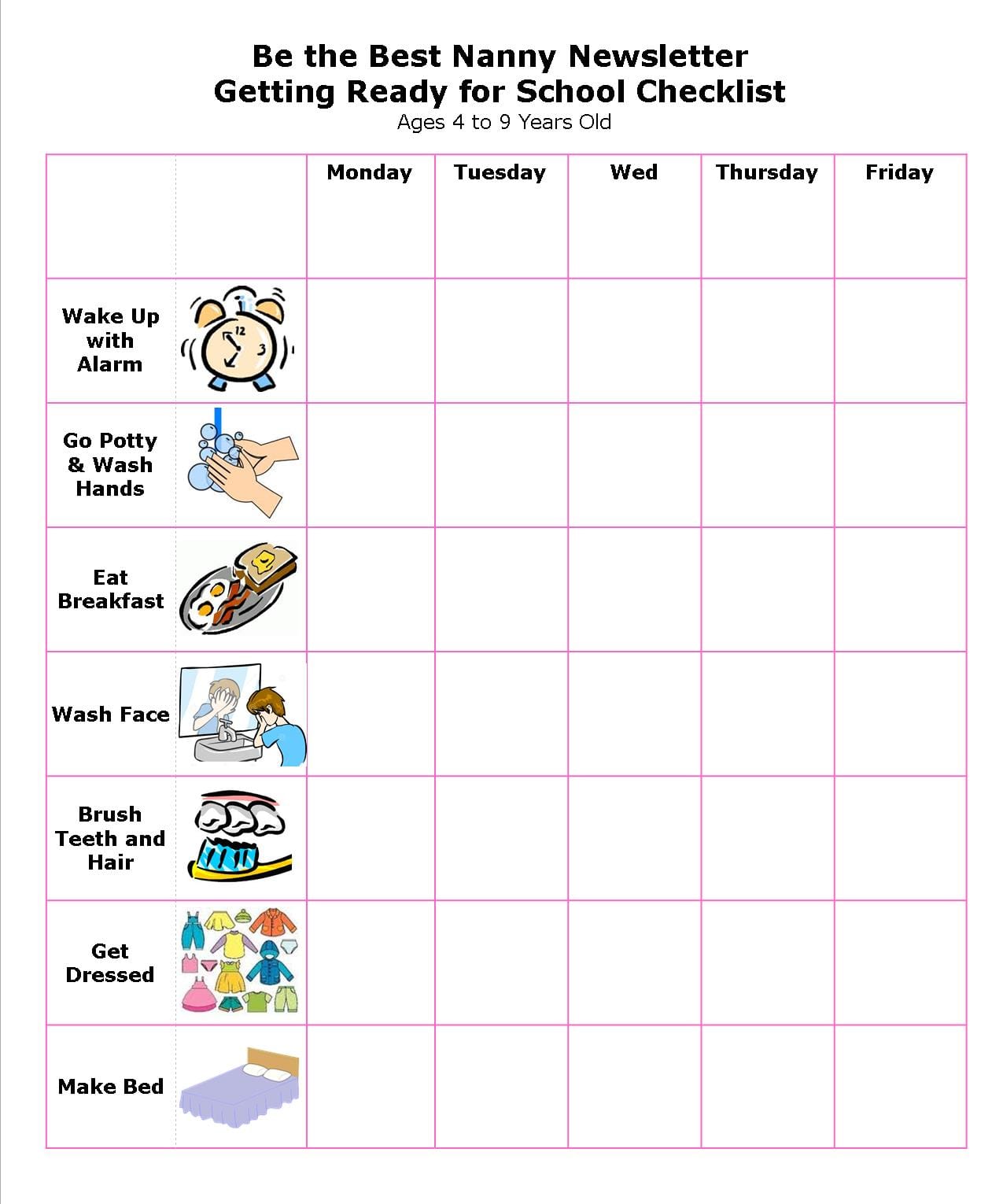
A Visual Checklist
As mentioned earlier, children perceive pictures better. For such cases, visual checklists exist. It's even better if the child draws them themselves.
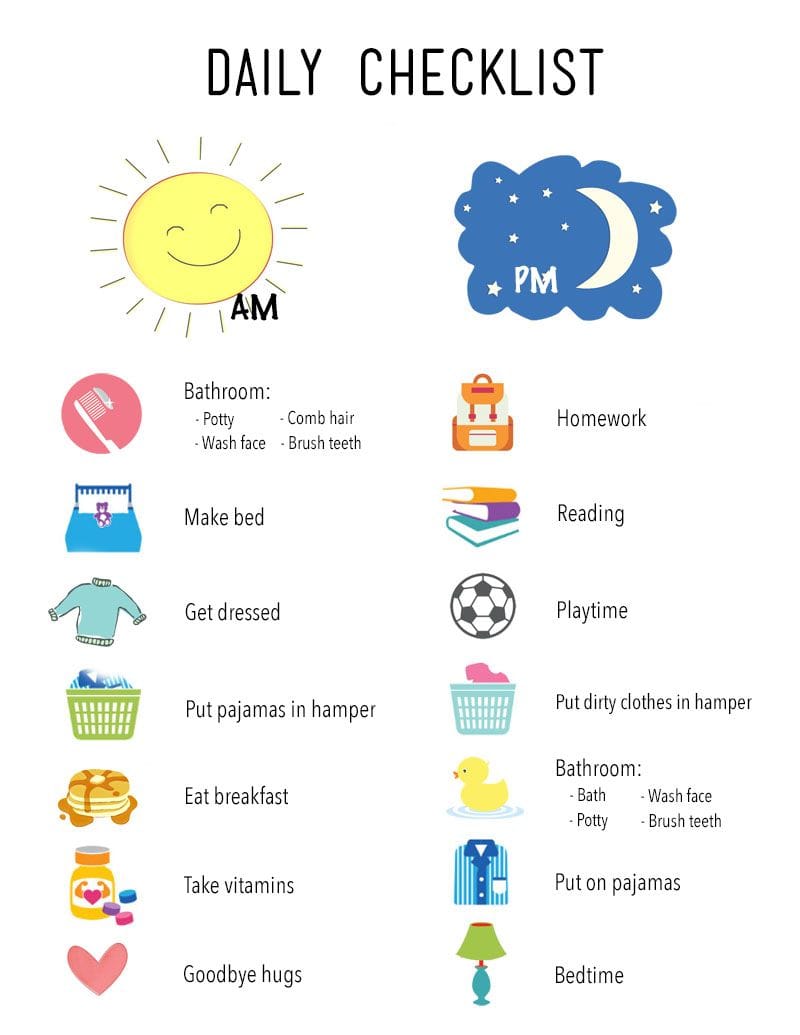
If you are interested in the topic, there is a blog post about visual checklists not only for kids, but for the whole family and even more.
A Visual Schedule
It's worth mentioning visual schedules separately. I've come across two versions: one as a visual checklist stretched over a week, and another as a more complex board with attachable cards.
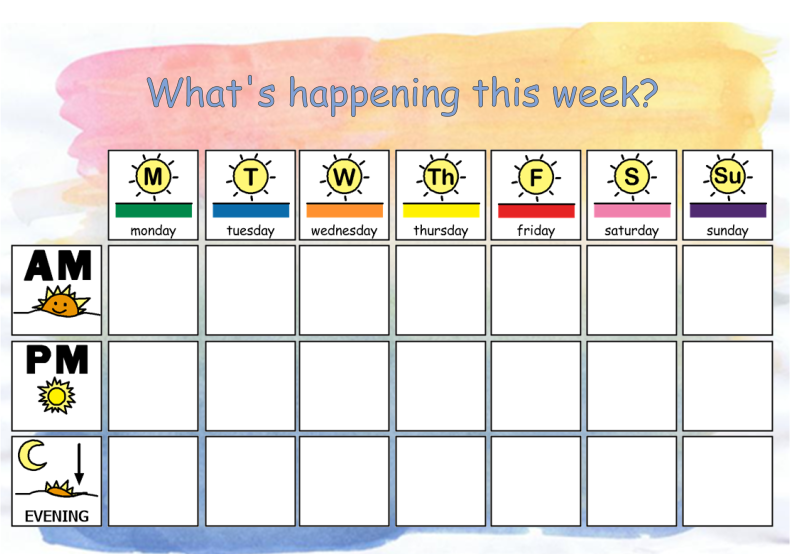
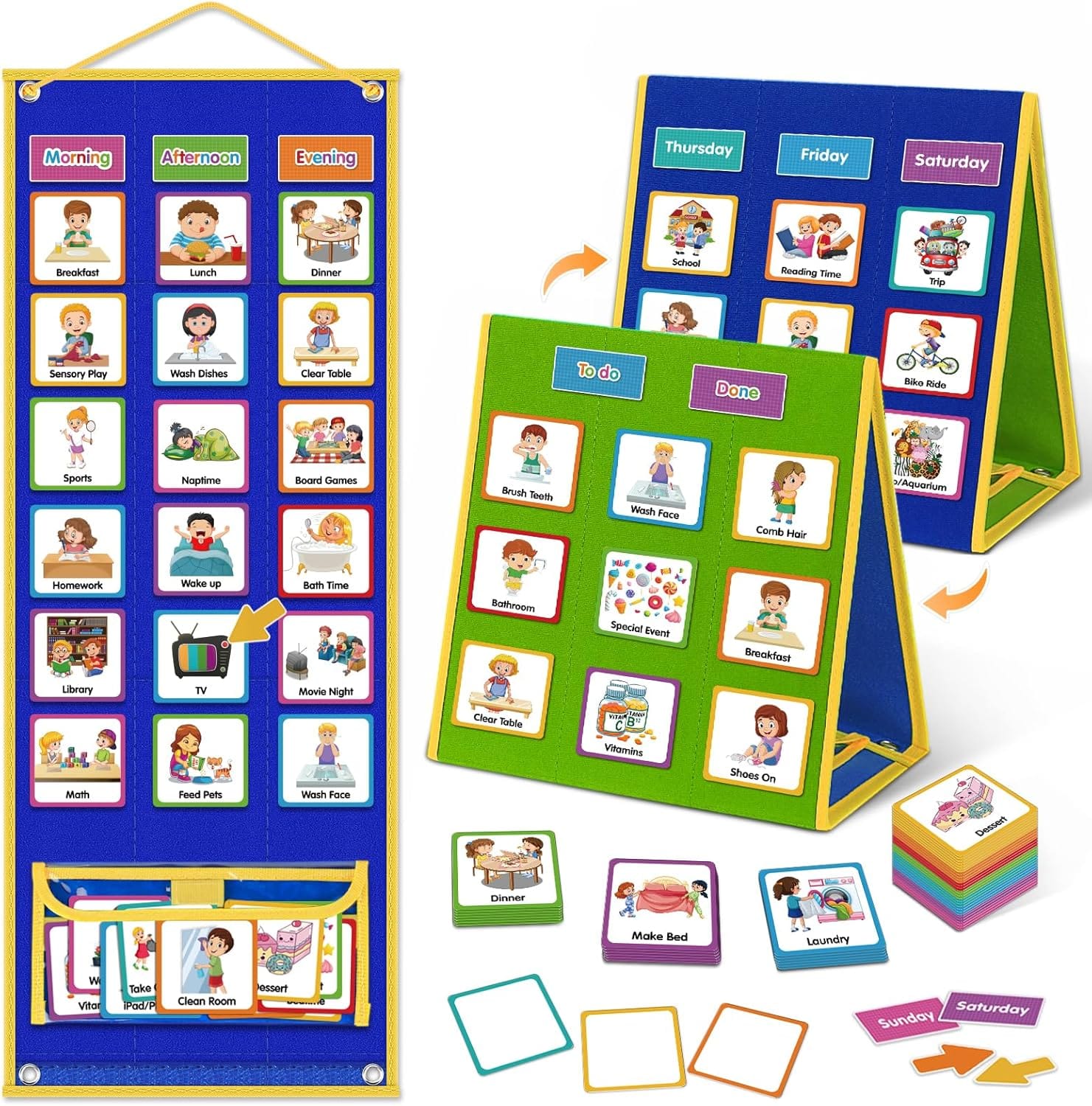
Conclusion
External tools are important for developing independence in children. In some cases, parents of schoolchildren or even preschoolers get carried away and try to squeeze their child's life into the narrow confines of an overloaded to-do list. I'm not sure such diligence will help in life, but it could certainly cause problems.
Childhood is a time of enthusiastic learning, and adhering to an overly strict schedule is not the most important thing.
Have you decided which checklist you’ll draw with your child? Subscribe to the “So List” blog — you won’t miss other tips about these subtle yet powerful tools. Are you already familiar with them? I doubt it — there are too many secrets they hold.
List of Links
[1] Yulia Gippenreiter, “The Most Important Book for Parents (Collection)” (Russian), ISBN 978-5-17-083876-9
[2] Image from the page “How to Be the Best Nanny : Getting Ready for School Checklist” on the “How to Be the Best Nanny” blog
[3] Image from the page “Printable Visual Schedules For Autism” on the “Mungfali” website

